Changing Communities Through Meaningful Public / Private Partnerships
Several years of relative stability in the California economy have shed a light on the results from years of economic turmoil in the State. Unfortunately, despite a more stable economy, the level of devastation to local jurisdictions can be seen in crumbling parks infrastructure. This damage will continue to be felt for a very long time. With few exceptions, visits to municipal pocket, neighborhood, and community parks will reveal the depth to which local governments were impacted. An astute observer might notice trees that haven’t been pruned in many years, patchy grass infested with broadleaf weeds, or missing shrubs and flowering plants that were never replaced after drought conditions required water to be shut off. Other visitors might notice the perpetually closed restrooms which have fallen prey to vandals, the absence of tables and benches that have succumbed to disrepair, drinking fountains that, when all the stars align, might at best release trickles of water, or playgrounds with shedding paint and boarded up slides and panels because budgets won’t allow for replacements. This devastation to parks is referred to as deferred maintenance and primarily results from years of neglect when funds were not earmarked for park and open space maintenance.
The impacts of deferred maintenance are being felt to a greater degree at facilities funded through municipal general fund allocations, where direct and intentional maintenance mechanisms do not exist. Many communities are millions of dollars behind in basic maintenance and will struggle for years to catch up with a baseline standard. Though this description illustrates a dire situation, many communities are stepping up to the challenge to make lemonade out of the lemons they are faced. One method many communities have been using to combat deferred maintenance is a public / private partnership model. This model maximizes the power of the citizen to raise awareness and funds through teaming with municipalities with stronger support for infrastructure, resources, and stability.
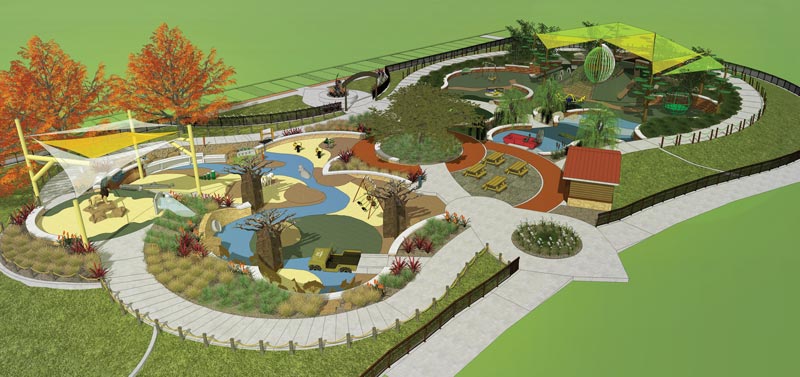
The Awesome Spot Playground (TASP) team in conjunction with The City of Modesto, CA is an “awesome” example of how this model works. The mission of the TASP team is to address inequality of access to recreation and play in their region through the development, maintenance, and programming of a socially inclusive and sensory integrated play space designed specifically to break down barriers that inhibit children, siblings, adults, and grandparents from participating in play with each other. Individuals typically left on the play sidelines due to barriers include: persons with disabilities, individuals on the autism spectrum, and those with moderate to severe sensory processing disorder (well over 10% of the population in California). For the past year and a half, this small group of grassroots community advocates (started by Rachel Loredo, a mother of a child with physical disabilities), which includes local design professionals, a Clinical Director with the Central Valley Autism Project, and City staff, have been working tirelessly to create a vision for the Awesome Spot Playground. The team is comprised of professionals that are directly involved with the disability industry and recreation systems, and therefore are intimately familiar with the ever-changing needs of families and maintenance needs of the facility.
The TASP team joined with the City in order to capitalize on the city’s benefits including municipal resources, security, insurance, and funding. These resources, coupled with the ingenuity, fundraising capacity, skilled labor, and support building expertise found within the local community create a much stronger diversity of assets, which will be critical for the successful completion of the project. This format has allowed the team to engage the community in various ways as the project moves forward including community fundraisers, crowd-funding, private sponsorships and pledges, private and public grants, and in-kind donations.
The following are necessary components and keys to an effective partnership program and are being utilized to make the Awesome Spot Playground a reality:
Public / Private Partnership Program Basics
Partner programs start with the community. Success is contingent on citizens expressing interest in developing or maintaining a project in a park or park facility, preferably in their own neighborhood. Once a core group of citizens is organized, municipality staff can help organize volunteer labor groups, coordinate community outreach meetings to foster community-wide support, develop feasible goals and outcomes, and prepare fundraising programs. Following all of these efforts, provided they are successful, community groups will then install and maintain the project under supervision from City staff and a licensed and trained contractor.
The responsibilities of each party involved in the public/private partnership include:
- Municipality - Provide project location and access, assistance with organization and permitting, and management oversight needed to complete the project.
- Community - Provide volunteer labor to install the project (sweat equity value), efforts to rally the community, and fundraise for the majority of costs through sponsorships, donations, and in-kind services or materials.
The benefits to each party in the partnership include:
- Municipality - Additional funding for projects, community support for municipal facilities, community awareness and engagement, reduction in deferred maintenance projects, and potential long-term solutions for ongoing maintenance.
- Community - Community togetherness, increased utilization of public facilities, redevelopment and modernization of public facilities, development of unique public spaces, development of community leadership, input in the design and development of public facilities, community ownership of public facilities, and the opportunity to expedite development of public facilities.
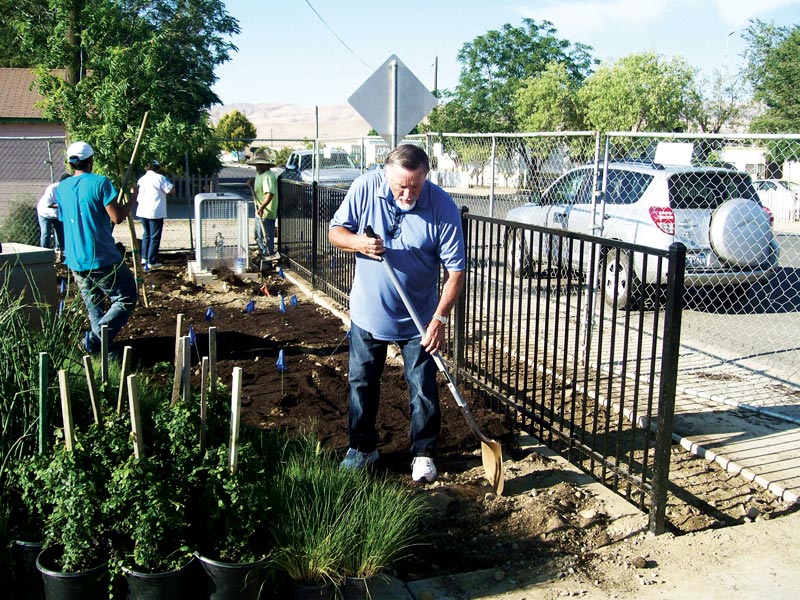
Components of a Successful Program
Experience with programs of this type have shown that successful programs are dependent on the right combination of a few key components. These are:
- A process for matching funds / procedures / policy
- Development of a committed team to fundraise & implement
- Training of community organizers that know the process
- Establishment of a foundation or a non-profit group
- Dedication of municipal staff to support the effort
- Regular communication
Matching Funds / Procedures / Policy - Prior to program initiation, the municipality must be prepared and set-up for the program to function correctly. Firstly, this includes a method for matching funds to help the community stay motivated and to provide buy-in from both sides of the table. In most cases, the community will have better success with fundraising when there is also a component of municipal matching as it shows commitment on both sides to complete the project. Procedures must also be in place to streamline approvals, permits, and reviews. Governmental internal processes can very easily slow down a project and literally destroy community morale and momentum. When procedures are streamlined and all parties are aware of what to expect, the program will run more smoothly. Lastly, policies need to be in place so that community groups know what they are responsible for and what responsibilities are the municipality’s. This is also the mechanism to determine what project parameters, limitations, and opportunities are and what ultimate completion will look like.
Development of a Committed Team - There will be no shortage of citizens who express the desire to get involved and head up a project; however, there will be very few who actually follow-through. Communication with potential candidates for a committee team should focus on the realities of project requirements and levels of effort involved with successful projects. Teams, not individuals, should be encouraged to head up projects, as most often the effort is too great for any single person to accomplish. Up front communication will naturally sift out those who are marginally committed. Once a team is in place, they can be introduced to other community organizers and programs that may offer support through the process such as Lions Clubs, Rotary Clubs and others.
Other local organizations and corporations may also be willing to provide advice and counsel to help teams and projects get started. Reaching out to these professionals to join a team is also a fantastic way to increase team capabilities and expertise.
This strategy has been successful for the TASP team. By leveraging the varying skillsets of team members, the group has managed to develop a strong, cohesive, and effective team that is hurdling towards the goal of a constructed project.
Training Community Organizers - Municipal protocols and politics can be convoluted and difficult to understand, much less navigate. Municipal staff will need to take the time to walk citizens through all the required processes, one-step at a time, in order to educate and prepare them for what to expect. Many projects will go through a planning and approval process, followed by plan reviews, public bidding and procurements, permitting, and construction. When possible, transitioning citizens from one project to another or training a consistent liaison can help with training of new citizen groups that join the program.
Establishment of a Non-Profit - It is crucial to have an organization or foundation established that can provide a means for citizen groups to fundraise through, apply for grants, and have name recognition. It takes a great deal of time to establish a 501c3 or a foundation, which can be discouraging and prohibitive, so if this is in place ahead of time, projects and motivated individuals are more likely to succeed. An effective non-profit organization will be nimble enough to adapt to the variety of community projects that come up and the myriad methods of fundraising that occur, both large and small.

Dedication of Municipal Staff to Support the Effort - Public perception is key to success for community-led projects because community teams need public buy-in and support to make projects happen. One way to bolster community support is to show strong support through City staff, whether through attendance at outreach meetings, in-kind donations and labor, and/or allocating capital improvement funds to assist the project as it moves forward. A strong display of support from City staff goes a long way in the public eye.
Regular Communication - Nothing will halt a project as quickly as a lack of communication. All team players need to know what is going in order to keep a project moving in a positive direction. Communication between the team and the City should be constant and consistent. The TASP team updates their 501c3 fiscal agent and City staff with an official update letter on a regular basis highlighting events that were held and successes in fundraising. Communication with the public is also highly important. The TASP team uses four main modes of communication to disseminate information and to keep the community informed of progress. First, they have developed and maintain an active website with complete and up-to-date information on news, sponsorships, and events. Second, they effectively utilize social media (including over 1,100 followers on Facebook). Third, they send a monthly email to a large list of interested individuals. And, fourth, they communicate to the community through local news coverage which follows the project and provides regular media updates.
The Private / Public Partnership program model described has been successful in communities throughout Northern California and is a great example of how communities and government agencies can come together to make change happen at a local level, raising the standard of living and changing lives in their own sphere of influence. To learn more about the Awesome Spot Playground community effort and how it has utilized this model to better the community, visit the following websites.
http://www.theawesomespotplayground.com/
https://www.facebook.com/TheAwesomeSpotPlayground/


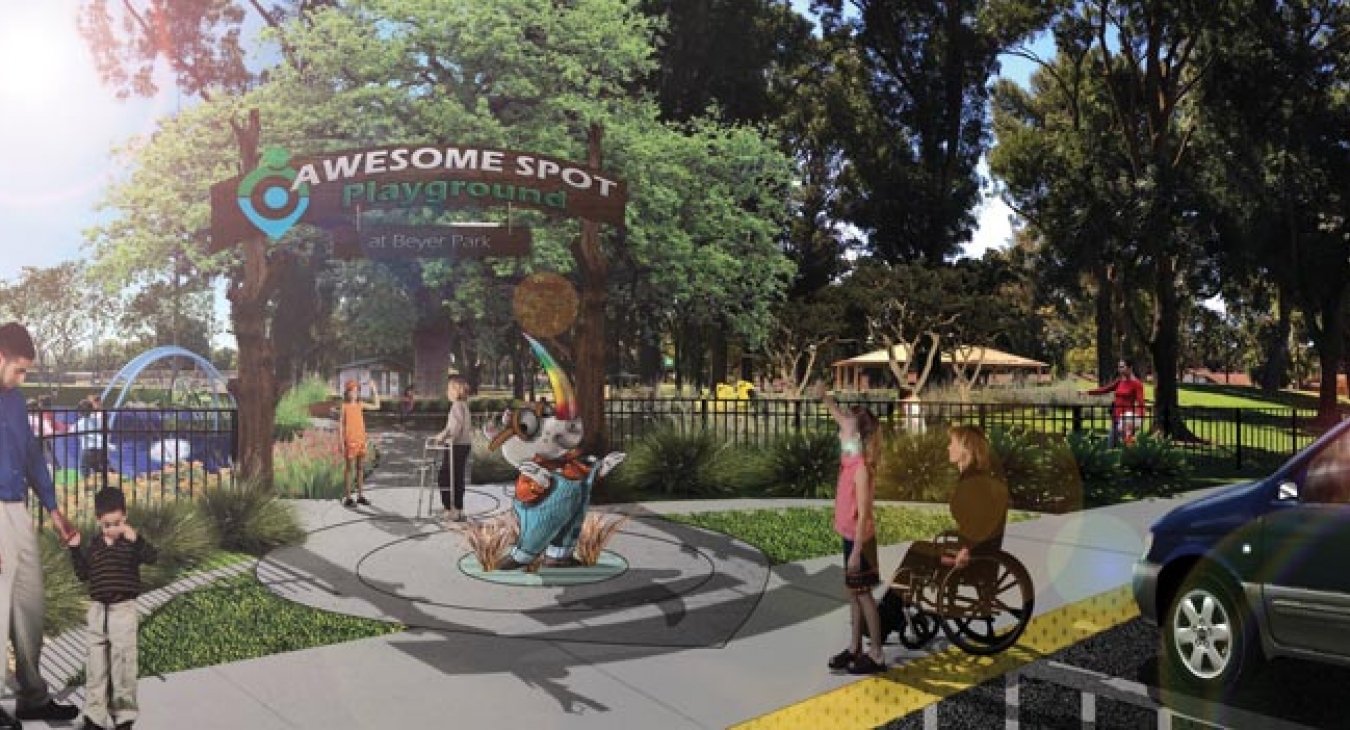
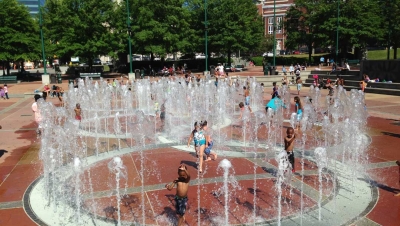
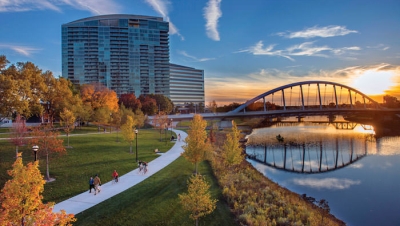
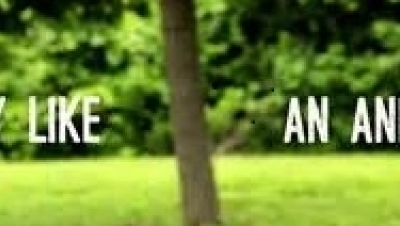



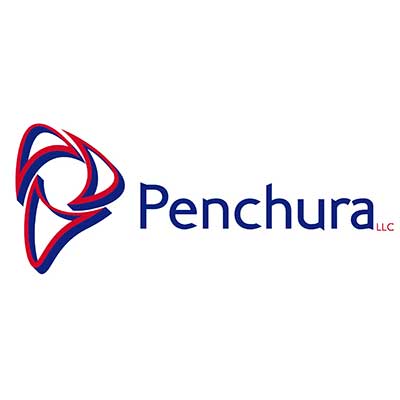
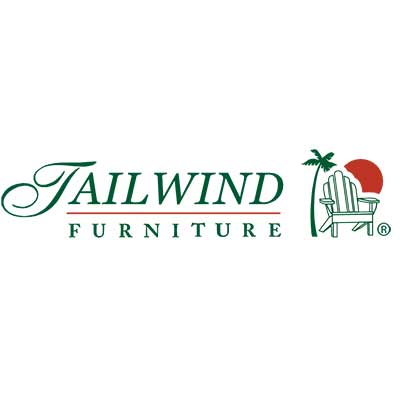
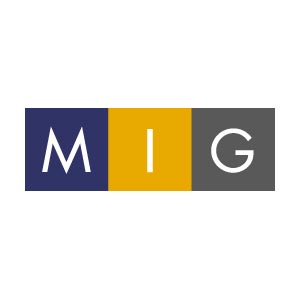
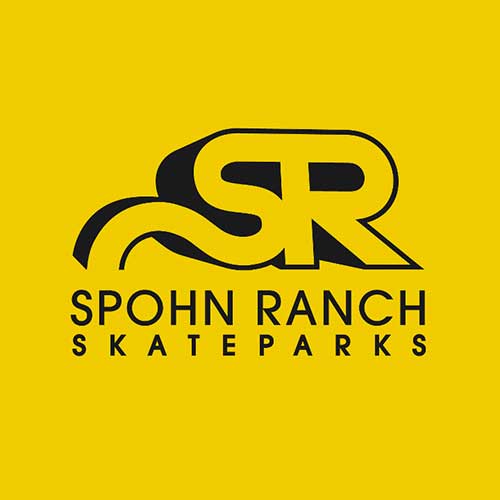
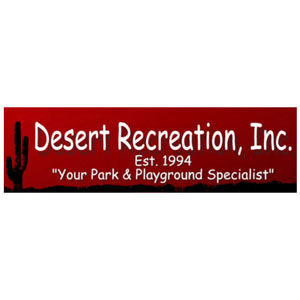
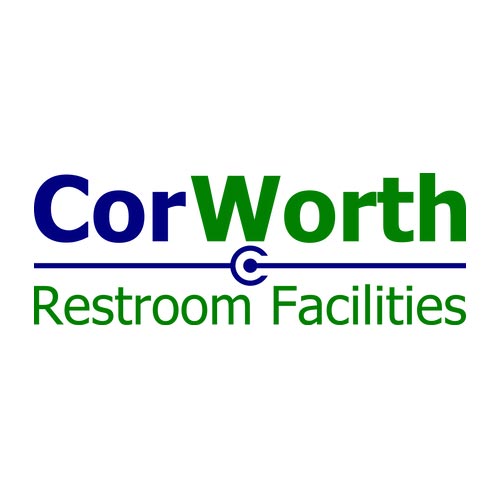


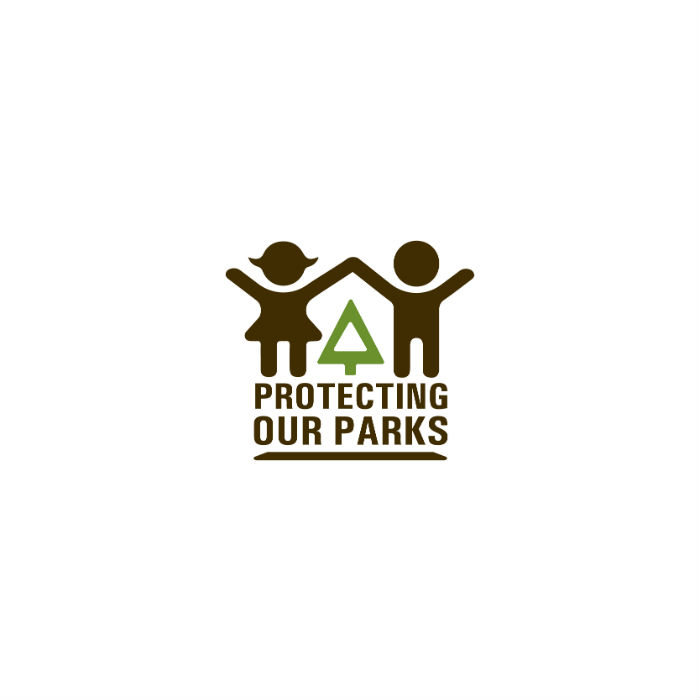


Add new comment